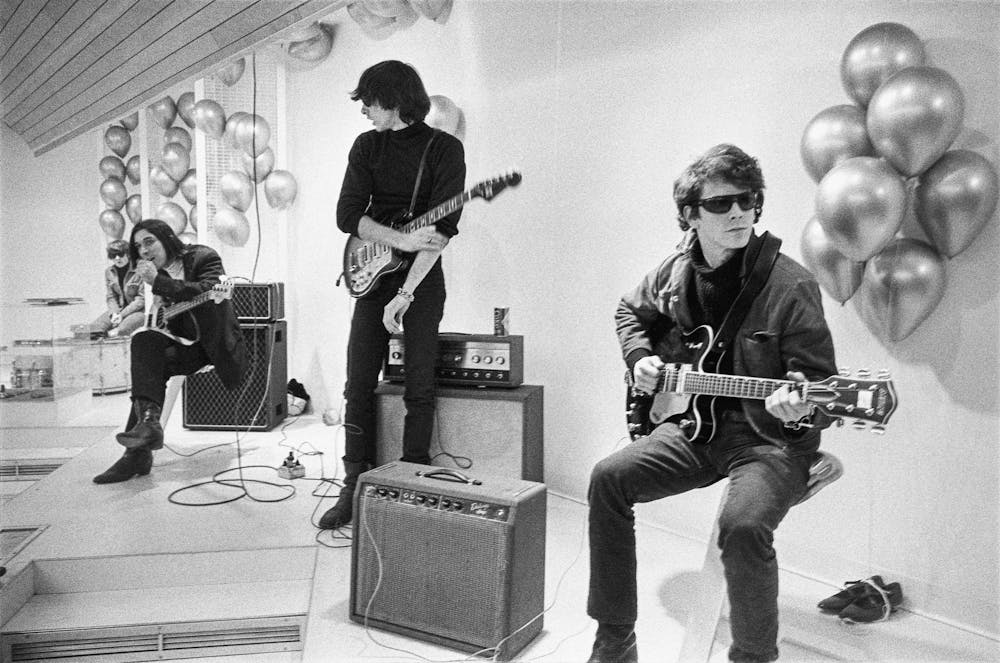Movie: “The Velvet Underground”
Release Date: Oct. 15, 2021
Director: Todd Haynes
Runtime: 2 hours 1 minute
Genre: Documentary
Columnist's rating: B+
There are only a few bands that can take an audience somewhere they’ve never been before. Especially in the age of streaming apps such as Spotify, with music history at everyone’s fingertips, there is a great chance you’ve heard something similar to whatever music you’re listening to.
Why is it, then, that the first time I heard the Velvet Underground’s “Heroin,” it felt like a transport to a new dimension of sound and reality?
Todd Haynes’ new documentary, titled "The Velvet Underground," seeks to understand the mystery and innovation of the band.
The film follows the band’s rise and fall, the lives of its various members and the exploding avant-garde art scene in New York City that created them.
As films such as 2019’s "Dark Waters" shows, Haynes is a filmmaker obsessed with detail and building context. He achieves this in "The Velvet Underground" by exploring the relationship between the band and its biggest influences.
Chief among those influences are Andy Warhol and Nico. Andy Warhol ran “The Factory,” a New York City studio famous for the musicians, artists and filmmakers that gathered and collaborated there. Warhol helped to produce the band's first album and contributed the famous banana cover art.
Nico was an actress and musician famous for her role in "La Dolce Vita" and her solo albums. As the documentary illustrates, she provided greater commercial appeal to a band made up of nobodies at the time.
The introduction of these figures is done through testimonies from contemporaries that provide a comprehensive overview of their influence.
Each band member is given proper time to their upbringing, which is shown through split-screen shots that keep a vibrating headshot of the band member always onscreen next to the supporting visual.
Even when the documentary isn’t focusing on these stories, it’s using visual tricks to capture the surreal and fuzzy feeling of listening to one of The Velvet Underground’s albums.
The ultimate purpose of Haynes recreating the vibe of '60s New York is to argue that The Velvet Underground was only possible in that world.
The documentary shows how the band felt out of place on tour in cities such as Los Angeles, which valued "free love" and hippie culture.
As the band’s limited success grew while it was together, the core group started to separate, and founding member John Cale left the band in 1968 to be replaced by Doug Yule.
The documentary handles transitions like this without much sentimentality. That ambivalent tone is clear from the interviews with surviving members, but contrasts with the effusive love poured on them by everyone else.
The lack of caring is what made them cool. Rock stars are appealing because of the mystique, which is greatly enhanced since The Velvet Underground became more popular after it broke up completely.
The brilliance of this documentary is that it explains them without stripping them of that mystique.
The lack of input from the late front man Lou Reed contributes to that effect, but none of his friends who are featured jeopardize that appeal either.
Before and after watching this documentary, their transcendent music still has the same effect on me. As songwriter Jonathan Richman puts it, “All the sudden it (the music) would stop like that, and the audience would be dead silent. The Velvet Underground had hypnotized them.”

